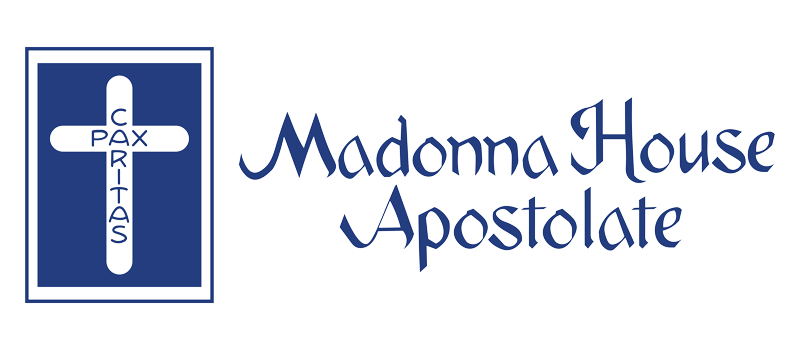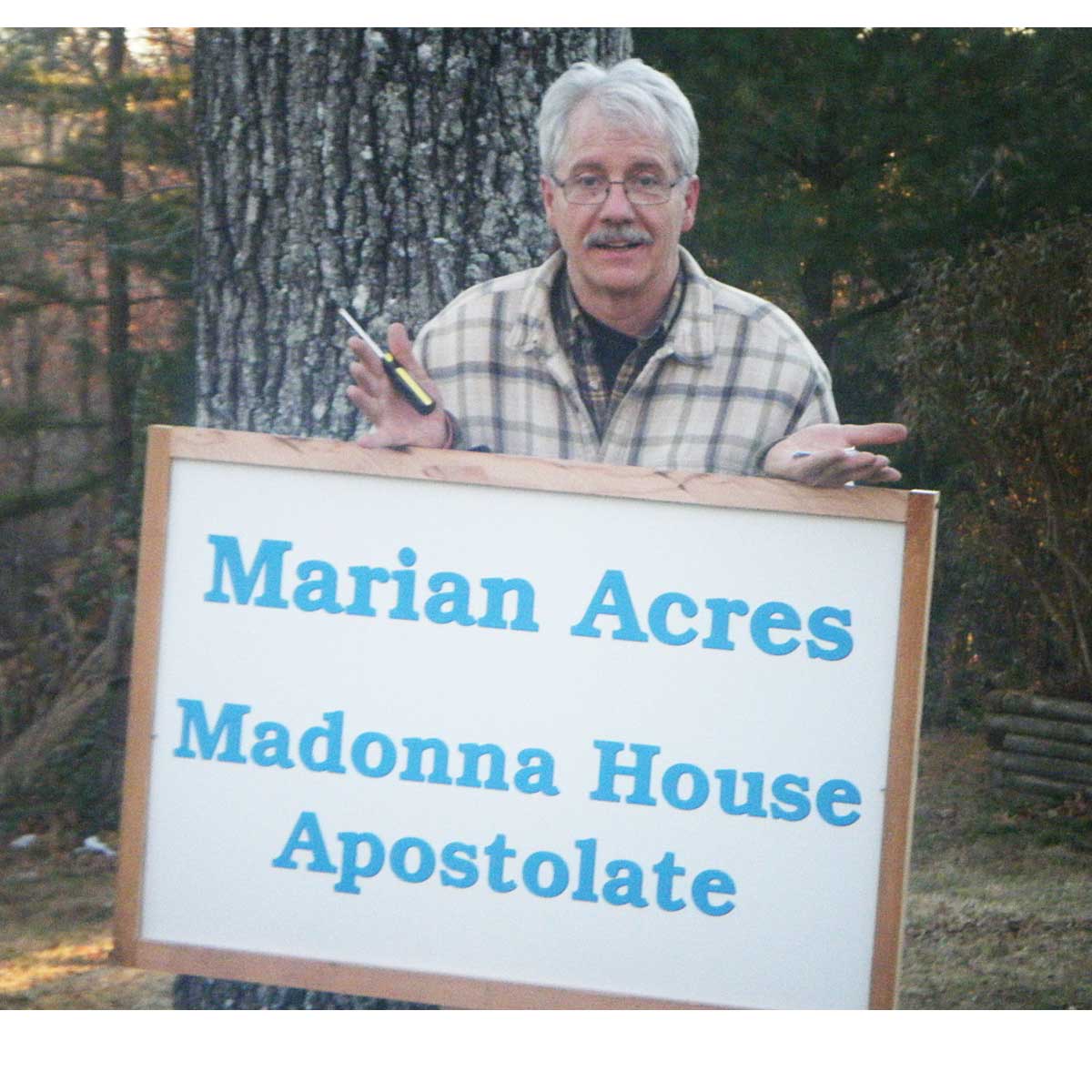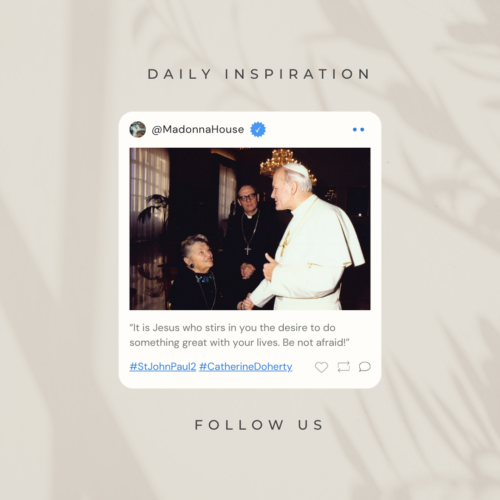This content has been archived. It may no longer be relevant
I never expected to be a pilgrim—the old fashioned walking kind, that is. Yet, after the last three summers, I understand better why this has been a Christian discipline in so many places and over so many centuries.
After all, we are here on this earth as pilgrims, on our way to our true home with the Trinity. Walking miles a day reinforces this supernatural reality in very concrete ways.
Surprisingly, it was my second, and so far, shortest, Opeongo Line Pilgrimage, the one I made at the end of July 2017 that impacted me the most.
Since June 2017, I have been experiencing severe health problems, including debilitating fatigue. In mid-July of 2017, less than two weeks before this second pilgrimage, I could not even walk to the local parish church, a distance of about 1.3 km (2/3 of a mile) for Mass.
On the Opeongo Pilgrimage the year before, I had learned quite a bit. Among other things, I learned how important it is to have enough socks and how little I need to carry. And I learned that each step can be a prayer for someone, especially the steps later in the day, when my feet and I were tired and sore.
I was edified, amazed, and humbled by all the work others did so we could walk. Volunteers fed us breakfast and supper, hosted our rest breaks, permitted overnight tent villages on their property, and even drove two porta-potties on a trailer from rest site to rest site.
But mainly, good things had happened on that first pilgrimage. God had worked within my soul. He saturated my senses and soul with natural beauty, which is so much more noticeable at a walking pace. And, stripped of daily concerns, I could hear, just a little bit better, God speaking in my heart.
Now, a year later, how could I, suffering with severe fatigue and lung problems, make this pilgrimage a second time?
My desire to walk was so strong and unrelenting that my local director, Sandra Novecosky, encouraged me in this seemingly insane desire. We developed a plan.
Another of my sister staff workers at St. Joseph’s House, Alma Coffman, would be my “ground support.”
And so it was. I started walking each section of the trail, very slowly, and about twenty minutes later, she would check on me. Usually she would then take me to the next rest stop, where I would collapse on the grass and rest for about forty to sixty minutes until most of the other people walking caught up to me.
Then I would start walking again. We repeated this several times over the day. I did not even try to walk the last section.
My lack of energy forced me to focus on the essentials: Breathe. Take a step. Listen. Look. Repeat.
God spoke even more to my heart that summer. I learned that my value is not in my doing but in my being. Specifically it is in being a child of God. He talked to me about gratitude, and how much I need to have it: for being physically able to walk at all, for the help that let me participate in this pilgrimage, and for God’s goodness in teaching me that I am so much more than what I can or cannot do.
Although each day I walked less than half of that day’s route, my sense of achievement when I arrived at the last stop of the day was huge. I did it! With the grace of God and with the help and prayers of my sisters.
As I continued to struggle with my illness for the next year and more, I came to realize that the value of this pilgrimage was much greater than I expected or had even realized for quite some time.
That walk was one of the few things I could do that summer. Sometimes the memory of it seemed like a dream; it was so far beyond what I could routinely manage.
Then a year later, this past summer, I again had a great, great desire to walk the Opeongo Line. So I made the pilgrimage a third time. This time, my overall health was better, my lungs seemed normal, and my fatigue was less.
And this time, although Alma again diligently checked on me—she did it less often, every half-hour—I was able to walk the whole way. It was a very slow walk, and it took all my energy just to put one foot ahead of the other, mile after mile.
But I had to live in reality; I had no spare energy to interact with my fellow-pilgrims. I had to tell a couple of friendly ones that I did not have the energy to talk or even listen to them. Then I struggled with guilt and a sense of failing as a Madonna House staff worker because I could not engage in what we call “the chit-chat apostolate.”
Thankfully, while I walked, God helped me work through this guilt, helping me to realize that it is OK to only do what I can do—put one foot in front of the other—and accept my limitations gracefully. And even if I couldn’t talk or listen, I could still pray.
This time, when I arrived at the final stop, my sense of accomplishment was staggering. When Sandra congratulated me and hugged me, I broke down in tears.
I was amazed that I had accomplished this 18 km (11 miles) walk on my own two feet. I also felt deep, deep gratitude to everyone who made it possible.
What did I learn from all this? I learned that we need to accept the hardships God the Father, Son, and Holy Spirit send our way. Immense graces are hidden within them.
Second, I learned that it is well worth paying attention to our crazy desires. Sometimes they are God’s promptings to move us into a place where he can reveal his love and our true identity more deeply.





